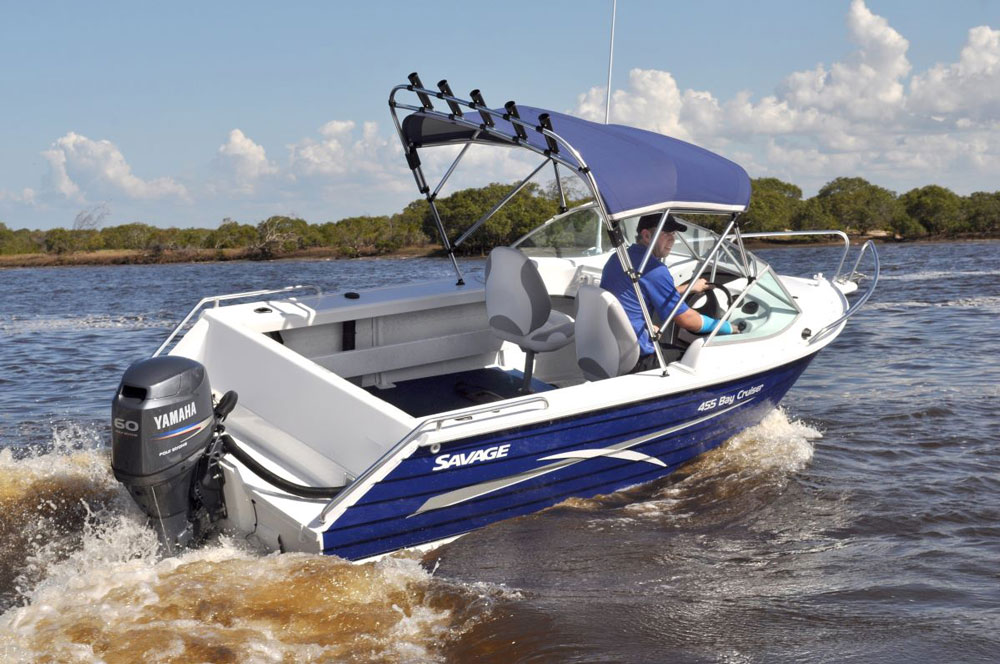
Ways to Improve Boat Resale Value
So, it's finally time to sell your beloved boat and want to get the best return possible. So, just how do boat owners improve boat resale value?
For decades, I was Victoria’s only real boat wholesaler, so I have many years of personal experience maximising the resale value of boats. Some of the time, I was buying boats from those who were time-poor or didn't have the know-how to fix them up properly. But, my years of experience also showed me the value of professional presentation and good marketing to help me attract the best buyers and get good resale value.
In this step by step guide, I'll walk you through everything I consider before selling a boat to get the most out of the sale. Whether you're planning to buy boats specifically for resale or just need to maximise a one-time sale, I've got you covered!
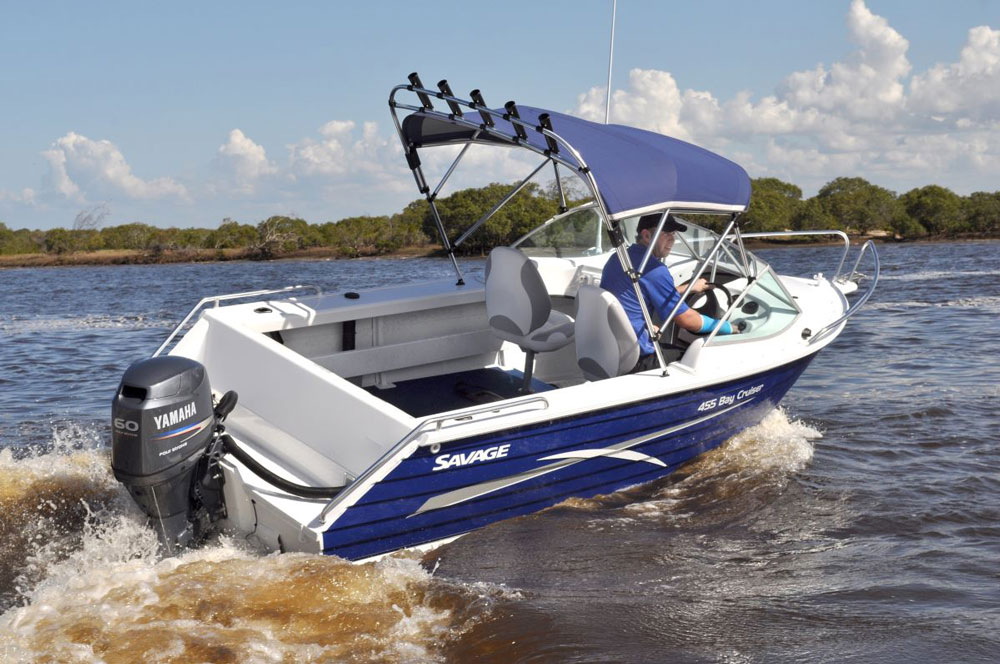
Maximise the Value or Pay the Price?
You have a choice—do you improve the boat's value to potential buyers with a clean, serviced, and well-maintained package that will attract buyers, or simply dump it for a low price, if you can?
You should always present your boat in excellent condition to attract and impress potential buyers. You should also be able to share a record of regular maintenance and proof of ownership and registration. Most importantly, the vessel should be clean, neat, tidy, and visually appealing. Confidence in your product will psychologically encourage a buyer.
I've found that it's always worth putting in a little effort, money, and elbow grease to maximise the resale price. When buying boats for resale, I paid particular attention to the poorly advertised boats. The owners became increasingly frustrated with the lack of results, eventually reducing their price to my benefit!

Step 1 - The Cleanout
When selling your boat, the first step is to clean out all your personal belongings. Believe it or not, buyers don’t want to see all your boating accessories, personal items, and apparel. They want to see a neat, tidy, and well-maintained package presented in a drive-away or sail-away condition. Once you have committed to selling, eliminate all of your personal items, sporting equipment, and accessories, leaving only those items that are essential or attractive, such as the safety equipment, depth sounder, etc.
Step 2 - The Clean Up
The next step is to actually clean the boat. For many (including me), this is the hard part. The first decision is whether to do it yourself or hire a professional detailer. If you decide on the professional, you will mostly be amazed at the difference. A professional detail can add thousands of dollars to the resale price. More thorough cleaning job, better price in my experience, even if you have been doing routine maintenance level cleaning as an owner. It's worth the spend and can help your boat sell faster.
Professionals have all of the tools, equipment, and products to ensure the presentation of key factors that add to the value of your boat. For example, a wide range of commercial cleaners, cutters, and polishes are not widely accessible to the public, and these may require specialised tools or methods for application. These can include fibreglass cleaners, stain removers, gelcoat restoration, alloy brighteners, stainless polishes, bilge cleaner, degreaser, vinyl paint and restoration products, and professional carpet/flooring restoration products etc. They may also be able to undertake minor repairs to damaged items.
Many owners will prepare the boat themselves, particularly those who have carried out regular maintenance to keep it pristine. Otherwise, doing the job properly and ensuring that the finished product is up to a standard acceptable to a trained eye can be a long process.
Pay particular attention to all the nooks and crannies, as most buyers will inspect every hatch and recess. It can add value to your boat by spending a few hours and making sure it looks like it's in top shape.
Step 3 - Repair And Replace
Once the vessel is stripped and washed, it may reveal major items needing repair, replacement, or an upgrade. This might include:
-
fibreglass cracks, chips and flaws
-
wear and damage, particularly where a boat has been on and off a badly adjusted trailer
-
soft floors or transom
-
cracked welds or corrosion (electrolysis)
-
poor electrical wiring and connections
-
led lighting that's no longer working
-
unserviceable electrical components such as lighting, bilge pumps, GPS, depth sounder etc
-
cracked fuel tanks and poor fuel lines, primer bulbs and fittings
-
damaged upholstery, flooring and canvas
-
worn or damaged steering components
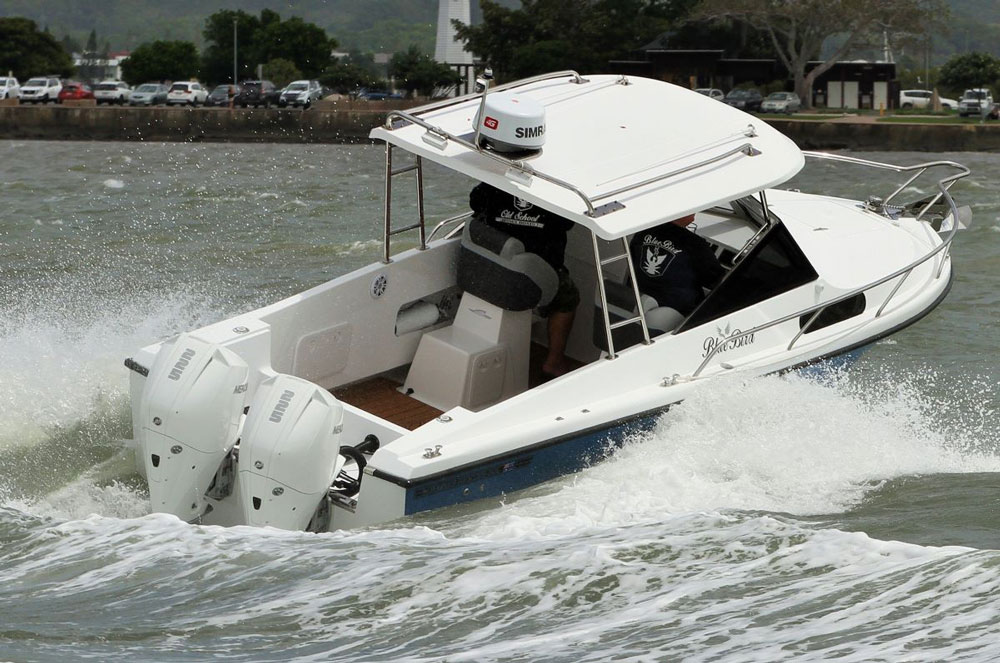
Step 4 - Presentation And Preparation
The object is to impress buyers, and the hull is the key component. The bulk of the hulls are either fibreglass or aluminium, but polyethene and inflatable boats are gaining in popularity. A clean, tidy engine, including the engine well or compartment, will always impress potential buyers, but don't forget the trailer and accessories too!
Start with a good wash and degrease oily components - it will improve the boats resale value. This would be in addition to the regular engine maintenance you have done.
Fibreglass Hulls
Fibreglass hulls often need a cut and polish or professional restoration/refinish before a boat's resale. But firstly, repair any chips or wear in the gel coat and remove any oxidation and rust stains with a strong gel coat restorer. A good inspection may also reveal “crow's feet,” a common term for stress cracks radiating around wear points such as bollards - but there’s not much an amateur can do about it. Similarly, hulls should be thoroughly inspected for stress cracking, particularly along the chines, strakes, and keel. Soft and rotting transoms and floors are major structural defects.
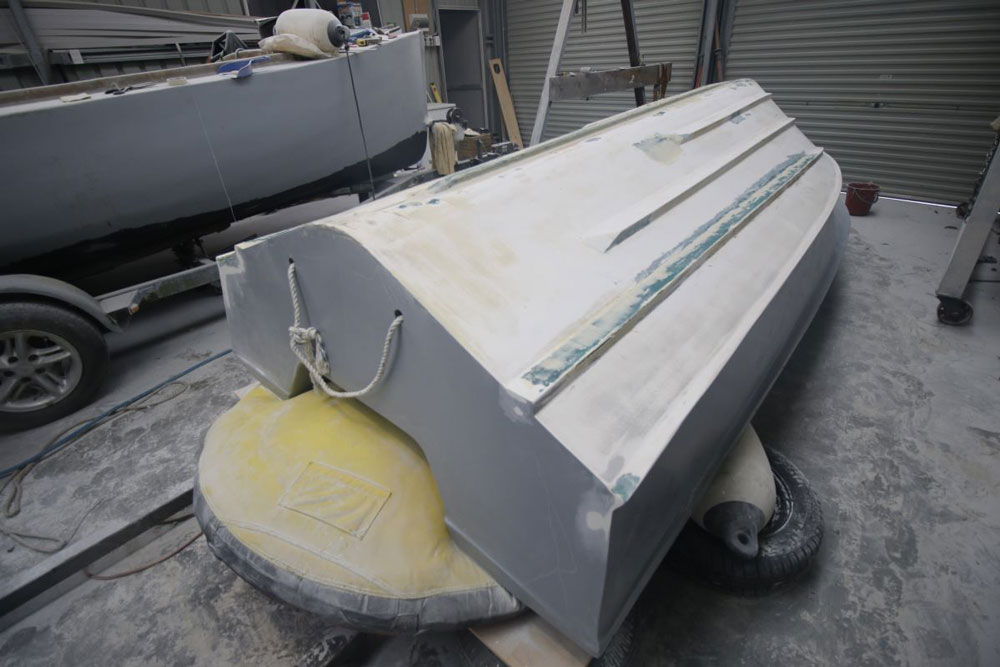
Excessive stress cracking, soft floors and transoms present a major job to repair; in fact, any of these faults could spell the end of the lifespan of a hull. Stress cracks can run longitudinally or, at worst, across the hull, and are particularly evident at the strakes or on the corners of a soft transom.
Many boats will have stem (the entry point of a hull) and keel wear, but it is mostly superficial and caused by trailer wear, beaching, or even impacts. Such wear can be repaired by a handyman, but generally, professional help may be required.
A full or partial wrap can greatly improve a hull's appearance above the chines. Yet be aware that stickers may also hide some flaws or identity.
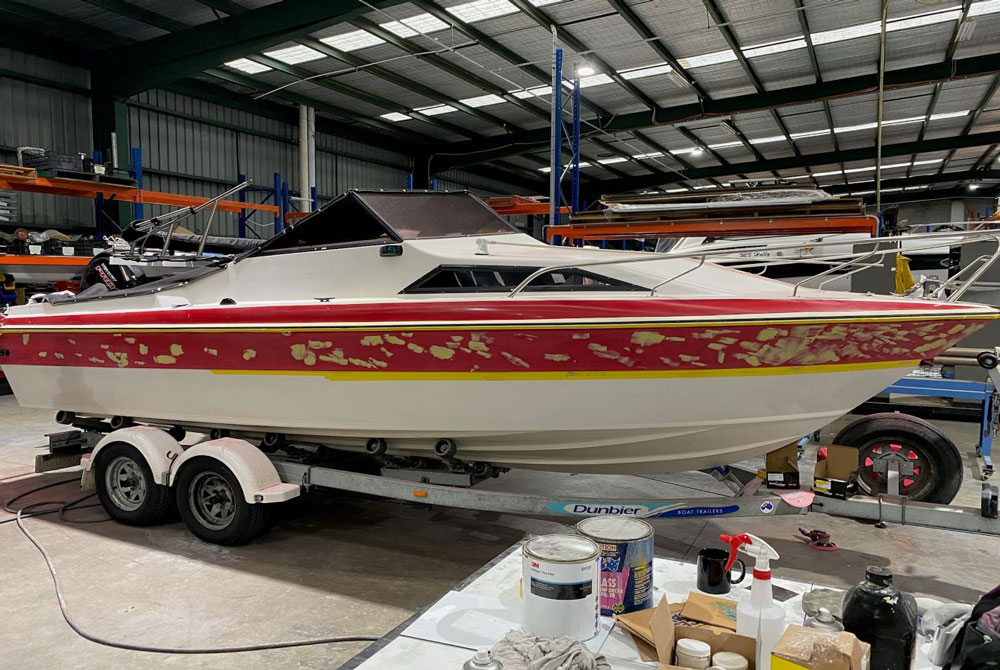
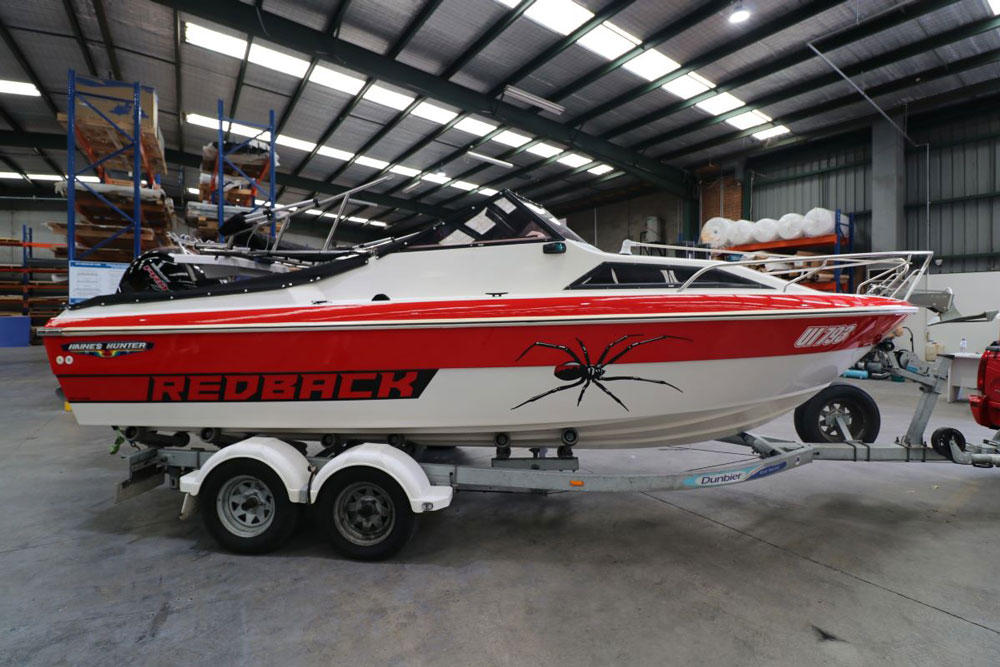
All vinyl and plastic items should be thoroughly cleaned, including upholstery, gunwale rubber, windows, canopy clears, cutting boards, etc to impress potential buyers. Mould is a common foe and may require some bleach-based or similar cleaners to repair. Faded or damaged canopies and clears depreciate any boat package quickly and can often be repaired economically. Similarly, canopies, internal carpets, EVA-style flooring, and trims will mostly improve in appearance with a good, strong detergent or pressure wash. At worst, you may wish to repair or replace the internal upholstery and trim if it is in poor or outdated condition to create a more inviting package.
If space allows, installing a porta-potty may be worthwhile to broaden your boats appeal.
There are many boat cleaning and restoration products, including stainless steel cleaners/polishes, timber/teak cleaner/renewal, salt removal, bilge cleaners, and even specialised cleaning tools, abrasives, and protection equipment. But at the end of the day, plenty of elbow grease is your greatest ally!
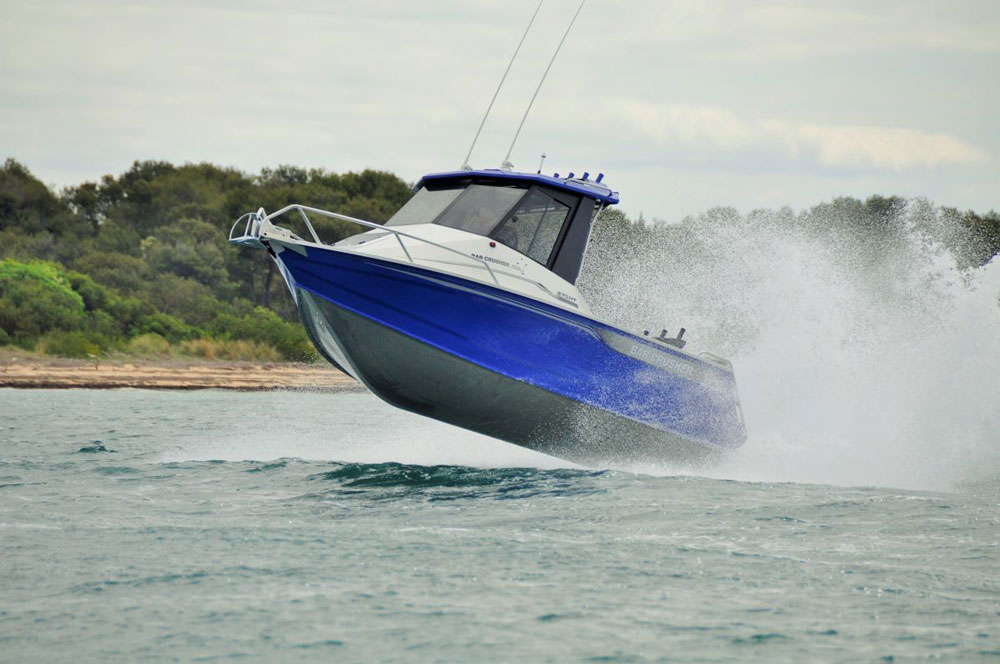
Aluminium Hulls
Aluminium boats can be quite difficult to detail, but a good soapy wash throughout is a great place to start identifying problem points.
Aluminium can be finished raw, painted, or a combination of both. Corrosion is the greatest threat, so the key to protecting the hull is to ensure that any product you use is non-corrosive. For raw surfaces, some strong products, such as Allybrite, will enhance the appearance and decrease surface oxidation (usually temporarily). However, you need to take care as some products may be corrosive to the steel trailer beneath the hull, and proper environmental care and PPE should be employed.
Painted surfaces on alloy are quite different from gel coat on fibreglass and may only be microns thick. Cutting compounds may rub through the paint layer, so it's back to cleaners and polishes, ensuring they are non-corrosive. A badly worn hull or section may need a touch-up or professional spray paint, or perhaps even a wrap. Corrosion points must be completely rubbed out, neutralized, filled, and resprayed.
You should identify the cause of corrosion, which is generally caused by non-compatible joints, components, fittings, or perhaps poorly insulated electronic componentry. All fittings need to be secured by stainless steel fasteners or aluminium pop-rivets treated with protective compounds such as “Duralac,” some “Sika” (or similar), silicone or similar neutral cure products. Even the glue used to stick down carpets, etc, must be non-reactive!
A thorough inspection of the hull integrity is required, especially for splits in welds, impacts, and aluminium fatigue that must be professionally repaired. Otherwise, detail the boat products, accessories and fittings as per the fibreglass, taking special care for compatibility with alloy.

Other Hull Constructions
Plastic and inflatable boats are becoming very popular and, in some cases, require specialised detailing products and methods. Yet again, the first step is a thorough clean with a good detergent.
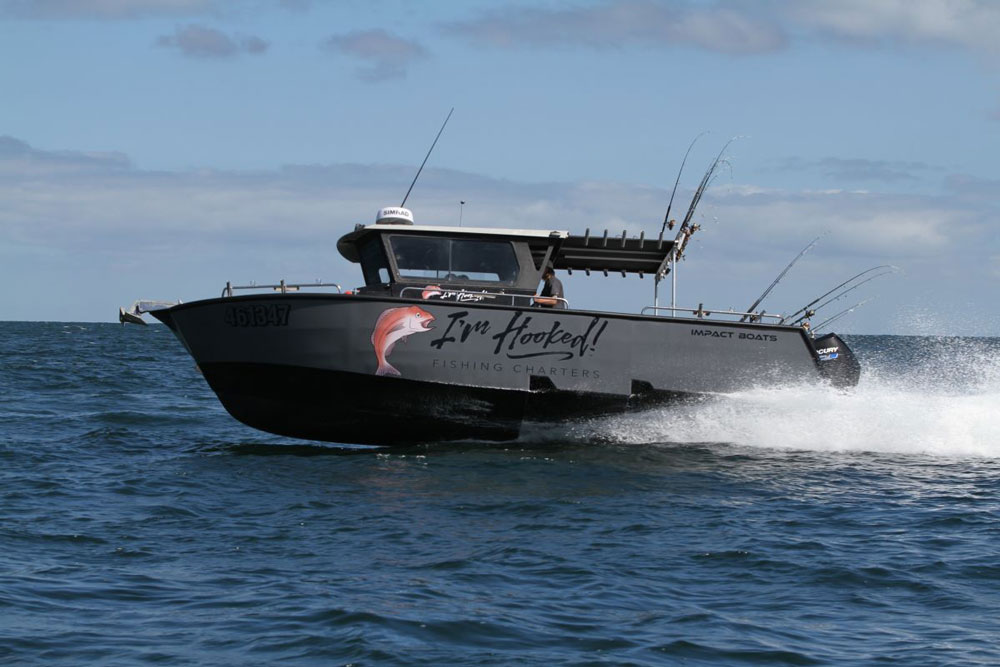
Plastic (polyethylene) can be welded for repairs and, in some cases, lightly sanded to remove cuts and scratches; however, this is rarely required. Inflatable boats have specialized cleaners and can be patched where necessary with product-specific methods.
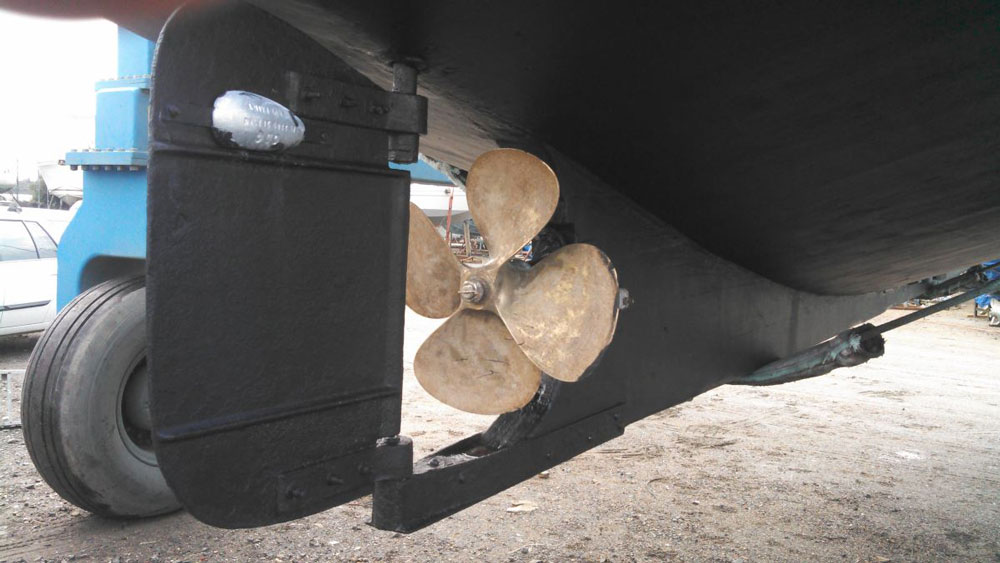
Moored Boats
Moored boats (in water) will be lifted for a hull inspection in most sale events. Hence, presentation and maintenance should start with a high-pressure blast followed by a full inspection for osmosis (blisters), a premium-quality anti-foul, “Propspeed” or similar corrosion treatment/growth inhibitor for propeller and rudder, renewed anodes, etc.
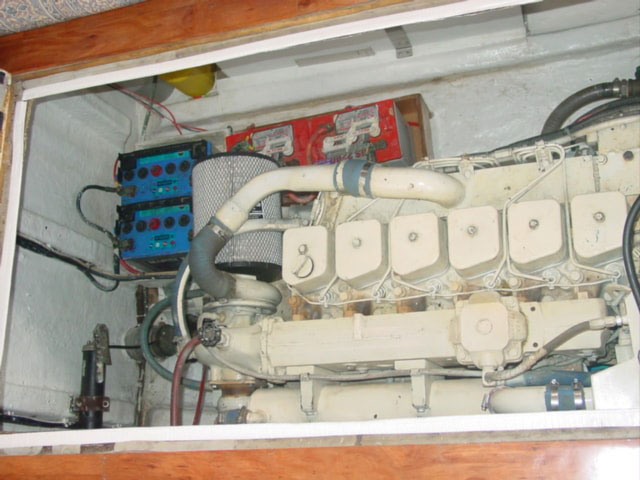
The Boat's Engine
Then there’s the engine, the heartbeat of the boat. The outward appearance of an outboard cowling, trunk, or sterndrive is vital, as is the propeller's condition. A chipped, worn or beaten-up propeller is a sure indication of the engine's service life. Many boaters aren’t aware that propellers are serviceable items from your local dealership. Minor repairs can be made with a simple file or grinder, and alloy props can be painted with a spray can, usually black or white.
The engine is the costliest component of a boat, other than the hull. It also requires the most service and maintenance. Hence, engines should be well presented and maintained, with evidence of service history made available.
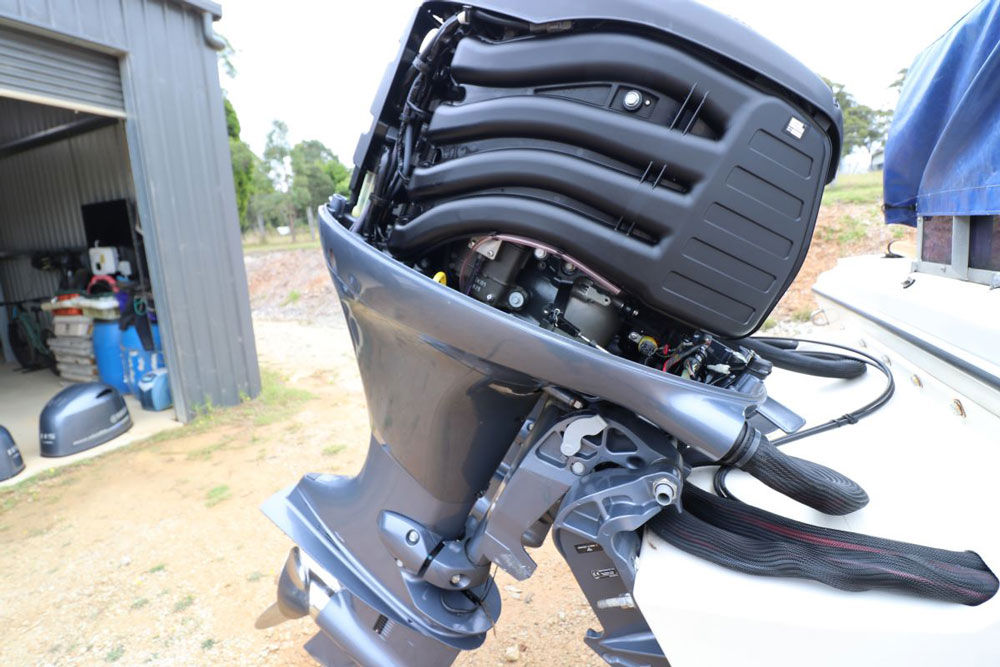
Whether outboard or inboard, the presentation should be spotlessly clean, including the engine well of an outboard or bilge of an inboard. The visual condition of an engine tells the tale of a boat's life; hence, engine cowling, trunk, and leg should be maintained and presented as close to the original quality as possible.
Replace and corroded or rusty parts, especially the spark plugs, and treat the engine block under the cowling with a recommended marine dewatering fluid. These improve the appearance but also protect the engine.
Check the gearbox oil and propeller condition; grease the prop shaft, grease or oil all of the moving components including the steering, check for leaks on power tilt rams; inspect for corrosion, check the anode wear, engine compressions, fuel fittings, hose and filtration, cooling mechanism, gear and acceleration cables/actuation, alarm mechanisms, battery and electrical connections/isolators and other essential service items.
You simply can’t pull over to the side of the road when out on the water so the engine/s must be in peak mechanical condition.

The Boat Trailer
Trailer style and condition are often overlooked, yet they are essential to any mobile boat package. A trailer boat is virtually useless if the carriage isn’t in a good, safe, and roadworthy condition, and even so, there are a few tricks to making it visually appealing for resale. Drive-on-drive-off trailers were invented in the 1970’s, so there’s no real excuse for holding up the flow of a busy boat ramp with a lesser, winch-up style trailer, except, of course, for smaller vessels, tinnies, etc.
That said, there are many parts of a roller trailer that should be inspected thoroughly. Wobble rollers often pop off poorly maintained trailers causing considerable damage to hulls. In fact, all rollers, skids, bunks, and supporting structures should be inspected, along with the general condition of the steel or aluminium trailer frame. Remember that rust often starts from within. Galvanized steel just doesn’t seem to last as it once did, and the flexibility of aluminum can cause fatigue, particularly with weld-on accessories.
Roadworthy items such as trailer lights, axles, wheels, tyres, brakes, and springs should all be in good serviceable condition, as should the winch and winch strap. Don’t forget the rated tie-downs, safety chain shackles, and wheel bearings - every trailer boater's nightmare.
A little tip to improve the value of the package is to spray paint the towing coupling and safety chain as they always attract surface rust. You should also check that trailers conform to breaking registration requirements. Older trailers often don't conform to new standards but may still be registered.
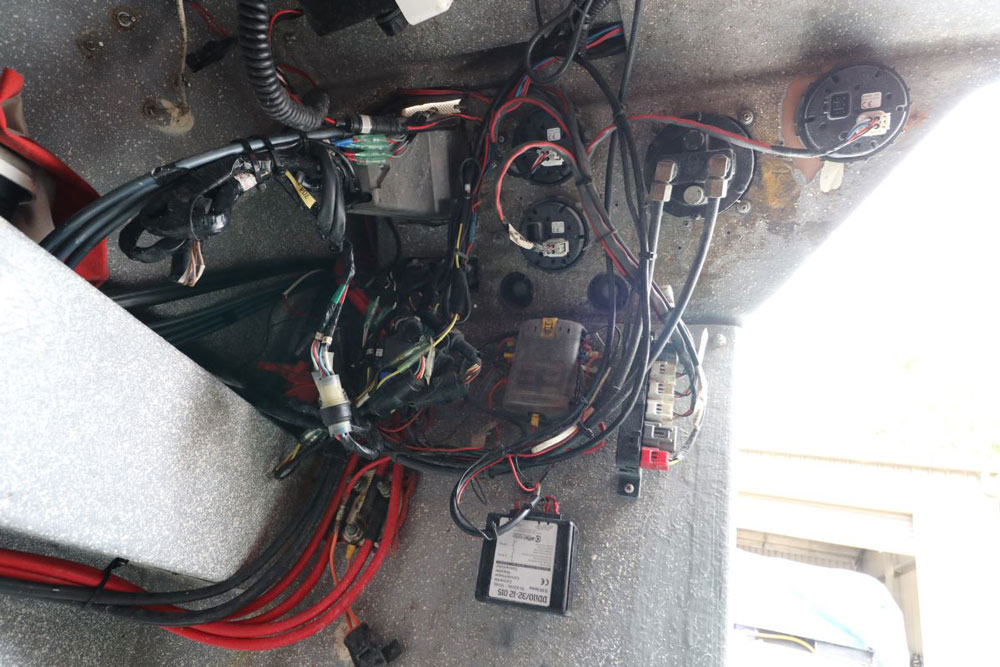
Boat Electricals
Updating to LED lighting is a good, cheap way of improving a boat's appearance, function, and reliability. Depth sounders/GPS/Plotters, multi-function screens, switching gear and communications equipment have come a long way from the archaic models of yesteryear, so it's worth considering updates. At the very least, make sure that what is fitted is working so that you can demonstrate this to prospective buyers.
Wiring in trailer boats has traditionally been an amateur mish-mash. Be prepared to re-wire an older trailer boat with tinned wiring and professional jointing, layout, coding, fusing and presentation. An updated electrical system can increase your boat's value.
Boat Safety Equipment
Always ensure that you present your boat to buyers with at least the minimum amount of legal and current safety equipment relative to the type of craft. Not only are they a valuable addition, but their presence tells buyers you care about safety.
Also remember that boat buyers and/or their consultants will inspect every inch of your boat, every piece of equipment, and its overall condition in attempts to find fault and drive you down in price.
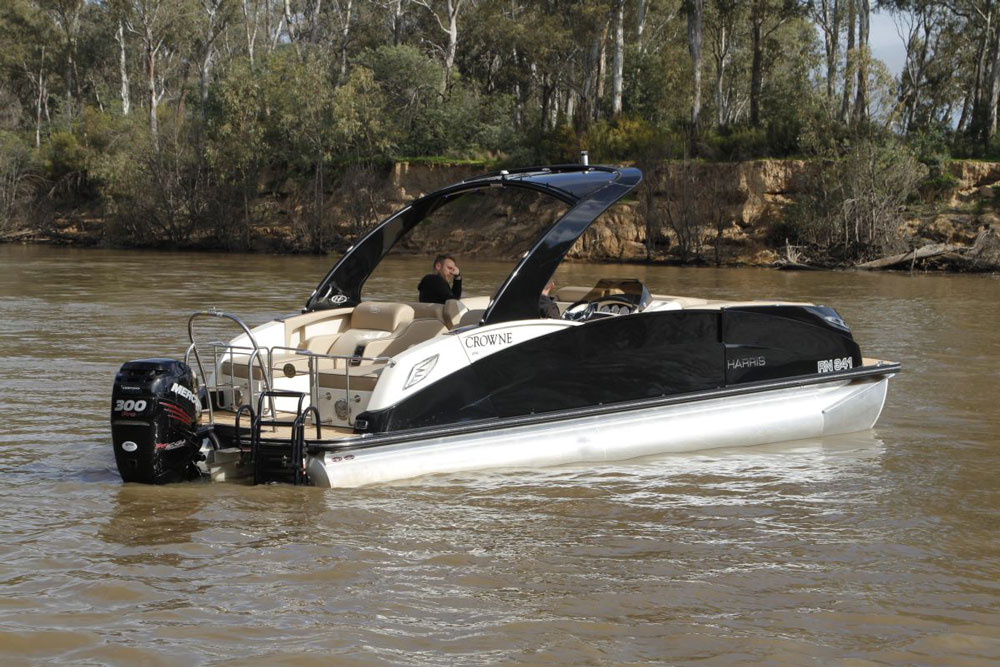
Step 5 - Time to Sell
It is obvious that a well-presented and maintained boat will always be more attractive to a potential purchaser, but price is always the deciding factor. As a seller, ensure that you rectify any problems and update the equipment before advertising. Have all the background information readily available and be ready for stiff negotiation, boat tests, and inspections even if you have done everything you can to make the boat look like brand new.
Looking to sell your boat online? Only Boats has you covered! We make it easy, with a boat listing process that takes 15 minutes or less. All you need to do is add your boat details and selling price, upload some great images, and you can start receiving enquiries. From there, you can continue your conversation with potential boat buyers through email, phone or SMS. Full details on our Sell My Boat page.
Found your perfect purchase? Let’s make financing just as easy!
Work with Australia’s best-reviewed finance broker for a great deal and a stress-free experience. With 2,500+ glowing Google reviews, you can trust you're in good hands! See what our happy customers say in Credit One reviews, or jump right in and crunch the numbers with our handy loan repayment calculator. Your ideal financing solution is just a few clicks away!
